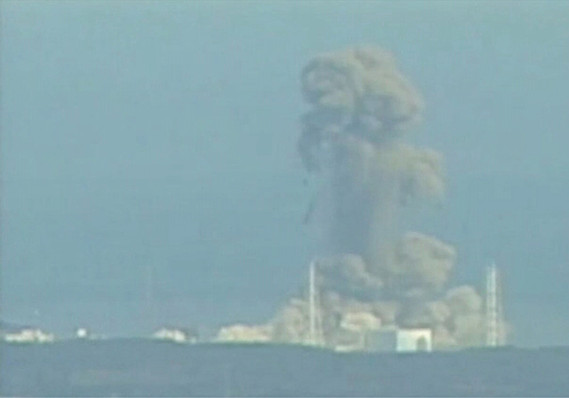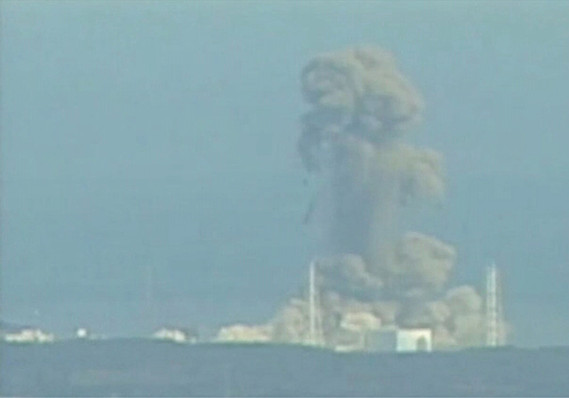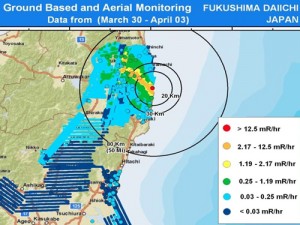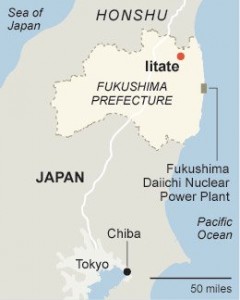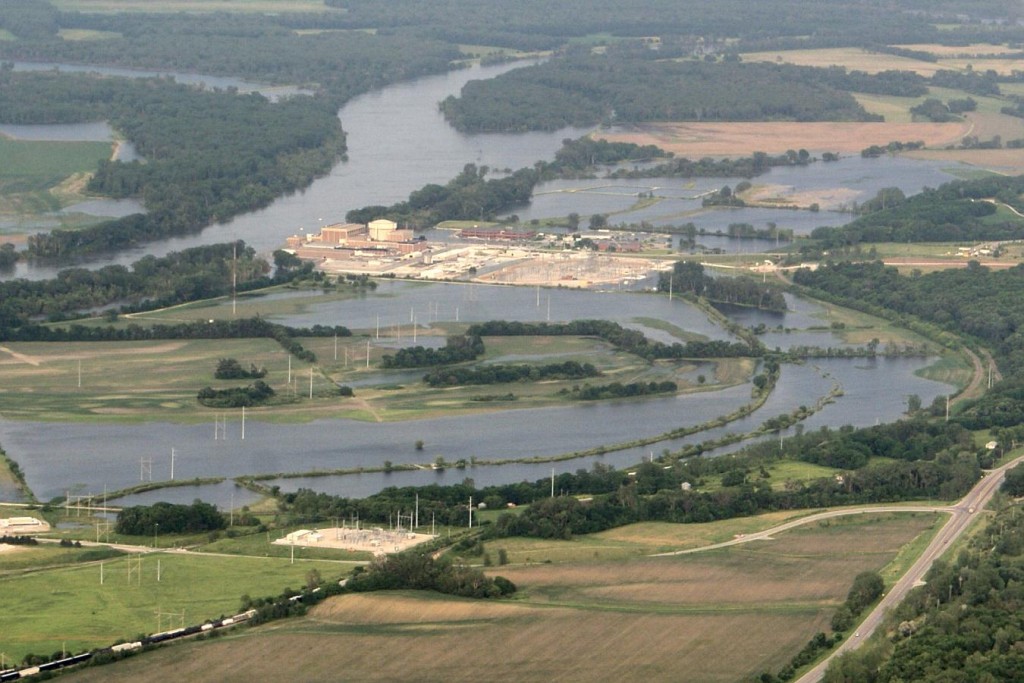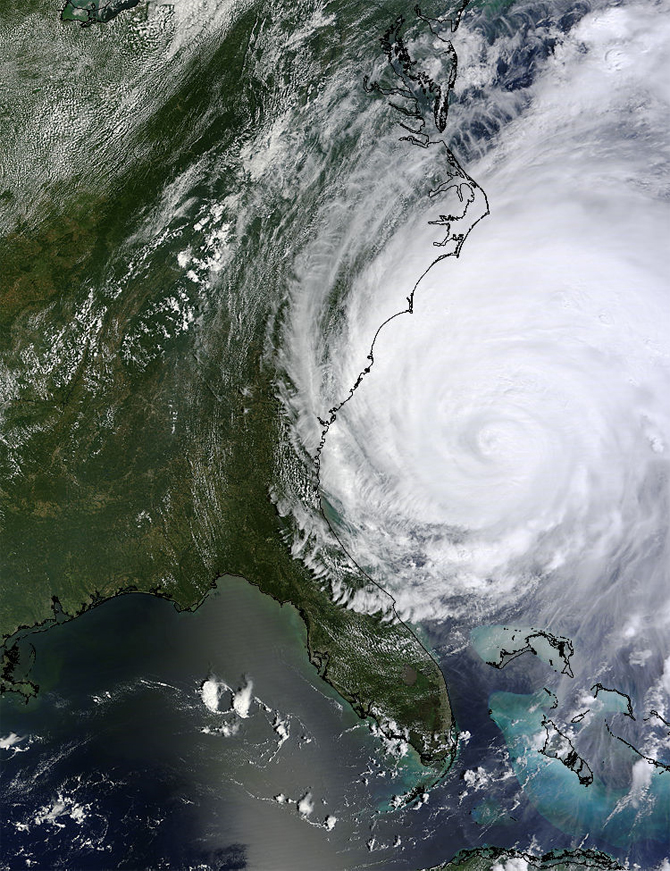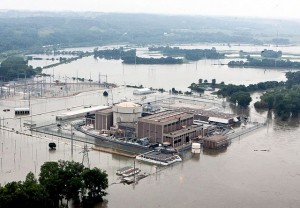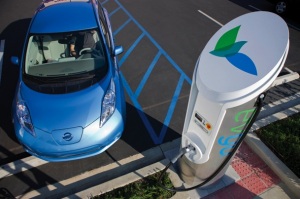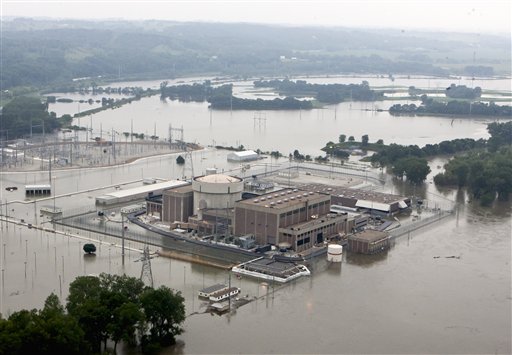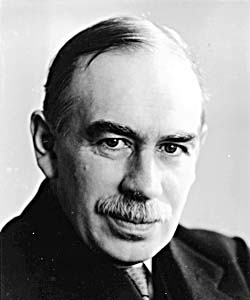 In the 54 years between 1957, when the Price Anderson Act was passed, and 2011 we have:
In the 54 years between 1957, when the Price Anderson Act was passed, and 2011 we have:
- Experienced four melt-downs and one partial melt-down at nuclear power plants,
- An increasing amount of radioactive waste that we really don’t know how to deal with, but must manage for hundreds of years – or thousands.
- Security Concerns. Sharif Mobley, an American, arrested in Yemen in March, 2010, suspected of being a covert agent of Al Queda connected to Anwar Al Awlaki (CS Monitor), and who, before going to Yemen, worked at nuclear power plants in New Jersey, Pennsylvania, and Maryland (NJ News Room).
The World Nuclear Association has a detailed summary of the state of the industry (here), at Popular Logistics, We have concluded that a thorough understanding of the dynamics of the system and the risks from existing or future nuclear plants demands a paradigm shift to efficient use of sustainable energy.
The people of Fukushima – and Japan – are concerned that their food is “salted” with radioactive isotopes from the three reactors that melted downs. And they don’t trust their government. They feel it is too trusting of the people in the nuclear power industry (NPR). And we see the same cozy relationship between the regulatory agencies and the regulated industry in the United States. (PopularLogistics).
The “No More Fukushimas” walk from Oyster Creek to Vermont Yankee continues – and it will pass Indian Point today, March 11, 2012 (here).
The Japanese have closed 52 of their 54 nuclear power plants.
In the US, eight plants, from North Carolina to Connecticut were closed in August, 2011 because of Hurricane Irene. Two plants in Virginia were closed because of an earthquake. Fort Calhoun, the plant that was built on the bank of the Missouri River, near Omaha, Nebraska, that was shut down in May, 2011 for refueling and kept off-line due to heavy rains in June 2011 and 9 months later remains shut down. While the distribution of radioactive isotopes is minimal, and mostly tritium, the financial cost (not counting waste cleanup) is $1.0 million per day. These costs will be carried on the shoulders of the ratepayers, not the owners of the plant (here).
When Excelon whined that “upgrading Oyster Creek would cost too much; they would have to close it down,” Gov. Chris Christie said “Ok, then close it down.” The folks in Georgia are not as bold as the Honorable Governor of New Jersey. When Georgia Power said “In order to build two new 1.17 GW reactors at the Vogtle complex, we need to charge ratepayers for construction before we break ground, the NRC said “OK, and here are loan guarantees” (here).
But Georgia is the exception to the rule. Mycle Schneider, describing the Worldwatch Report he wrote on nuclear power last year, said (Press Release / Report):
“The industry was arguably on life support before Fukushima. When the history of this industry is written, Fukushima is likely to introduce its final chapter.”
Amory Lovins, of the Rocky Mountain Institute, in the foreword to the report, wrote,
“The Fukushima accident has just vaporized the balance sheet of the world’s #4 power company, TEPCO… this … could cost $100-plus billion… with such an unforgiving technology, accidents anywhere are accidents everywhere.”
Popular Logistics is a blog. We have the resources to write one or two articles per week, and cover a variety of issues. The professional news media, i.e., The New York Times, National Public Radio are able to commit substantial resources to these issues.
Nuclear Crisis in Japan will lead you to a collection of articles about Japan, Fukushima and the future of nuclear power from the Federation of American Scientists (FAS)
Matthew L. Wald (preceding link to Mr. Wald’s posts on the Green Blog, Transcripts Show U.S. Confusion Early in Japan Nuclear Crisis ; (on NYTimes.com)
Andrew C. Revkin, Nuclear Risk and Fear, from Hiroshima to Fukushima from the Dot Earth Blog, also of The Times,
Mr. Wald, again, Sizing Up Health Impacts a Year After Fukushima.
We now are experiencing the effects of four melt-downs and one partial melt-down in the 54 years since the Price Anderson Act was signed. This is four melt-downs too many. This is one meltdown every 13.5 years, one melt-down or partial melt-down every 11 years. While this is too small for statistical analysis, there have been melt-downs at four of the world’s 440 nuclear power plants. That’s a small number – about 0.9%. But the accidents were and remain catastrophic.
And in addition, nuclear power is expensive in terms of time and money for new plants (NPR). It’s too expensive for investors given the choice; that’s why Georgia Power asked for – and got – loan guarantees and permission to charge ratepayers in advance for the money to build the Vogtle 3 and 4 plants (here).
As noted above:
We must understand the dynamics of the system and risks from existing or future nuclear plants and shift the paradigm to efficient use of sustainable energy.
